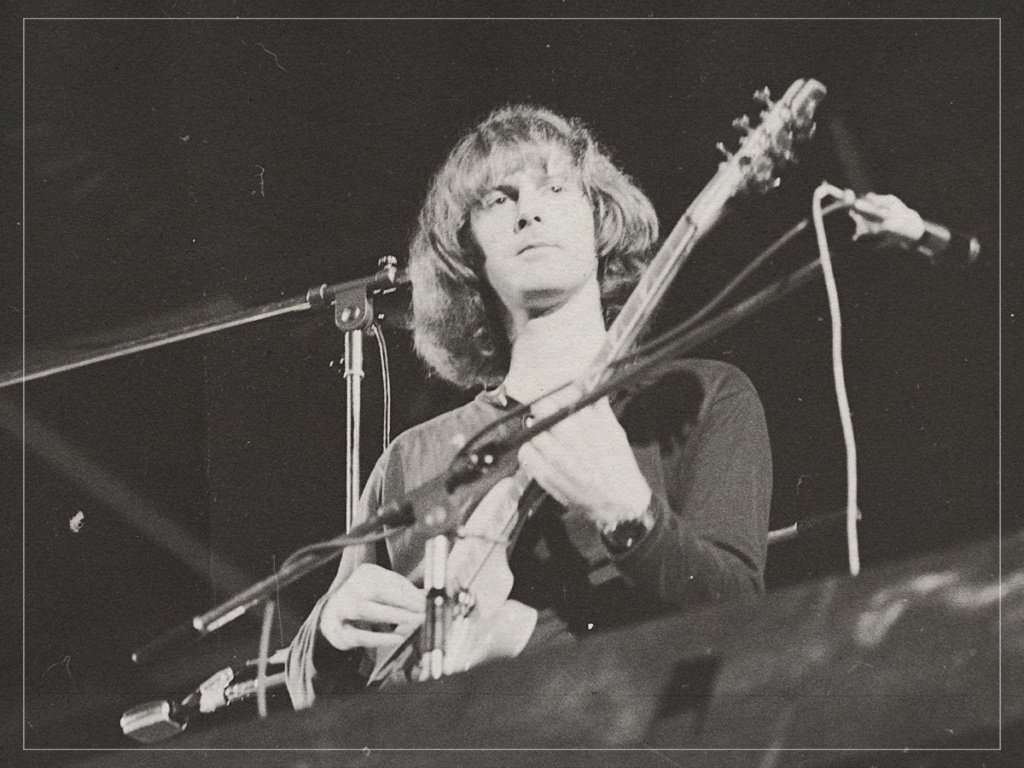
(Credits: Far Out / Fotoburo De Boer / Noord-Hollands Archief)
There are a number of musical moments that will be remembered for the rest of time, and one of these came in the form of folk rock, when the Americans took back the charts.
For context, prior to the rise of folk rock, the British invasion was in full swing. America was enamoured by the work of The Beatles, and once they performed on The Ed Sullivan Show, every wannabe musician in the country endeavoured to start a band with names that made them sound British.
“It transformed America,” said E Street Band guitarist Steve Van Zandt when discussing the impact of the Fab Four, noting, “On February 8th, there were no bands in America; on February 9th, we had Ed Sullivan, and on February 10th, everybody had a band in their garage. It was literally overnight.”
Of the artists in America, Bob Dylan was playing the acoustic guitar and singing heartfelt ballads, making a name for himself as a classic folk artist, and he would have continued on this path were it not for Roger McGuinn and The Byrds, who were going to release a cover of ‘Mr Tambourine Man’ before Dylan’s version, but with a twist. They added some electric guitars to give it more of a rock-infused feel, overhearing which was arguably Dylan’s eureka moment as he thought the arrangement sounded good enough for him to eventually embrace the electric way.
“He came to hear us in the studio when we were building The Byrds,” recalled David Crosby, “After the word got out that we gonna do ‘Mr. Tambourine Man‘, and we were probably gonna be good, he came there and he heard us playing his song electric, and you could see the gears grinding in his head. It was plain as day. It was like watching a slow-motion lightning bolt.”
While Dylan’s controversial shift to electric, inspired by The Byrds, was seen as a betrayal of his roots and loyal fanbase that made his name, McGuinn, interestingly, thought that his career would mimic the stripped-back folk singer style of early Dylan and other artists such as Pete Seeger, so much so that they were his inspiration for some time.
“I thought the Byrds were a good nine-year detour from my dream of becoming like Pete Seeger, a folk singer or a storyteller like Will Rogers or somebody,” said McGuinn when discussing the trajectory he thought that his career would take, “I really always wanted to be a real folk singer and I was always in the peripheral part of folk music as a sideman […] I was always not considered a real folk singer. So it’s like wanting to be a real boy.”
Related Topics
The Far Out Bob Dylan Newsletter
All the latest stories about Bob Dylan from the independent voice of culture.
Straight to your inbox.

